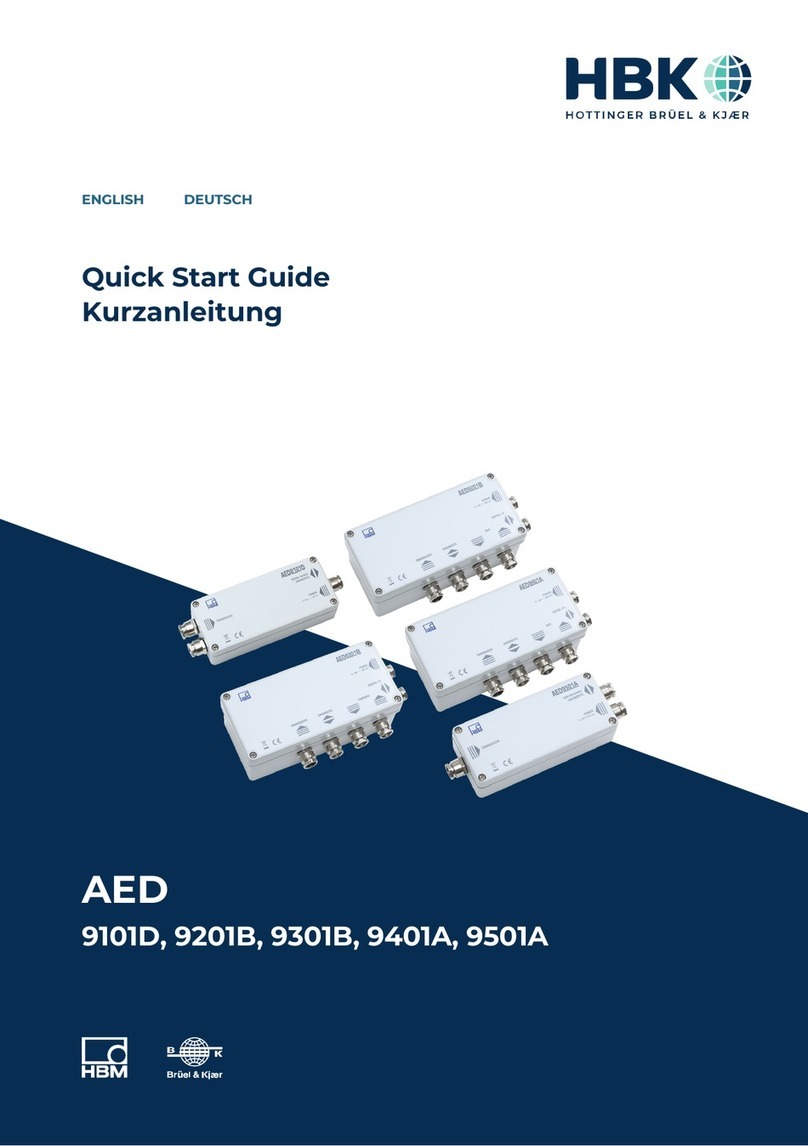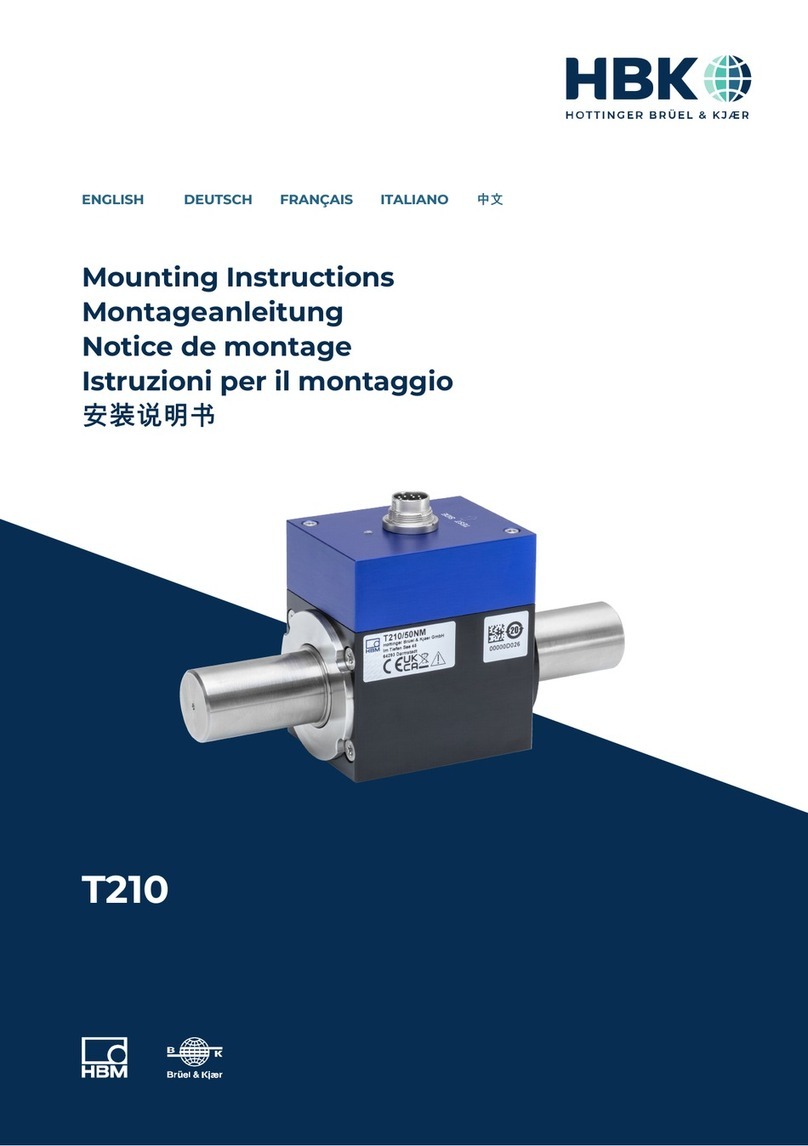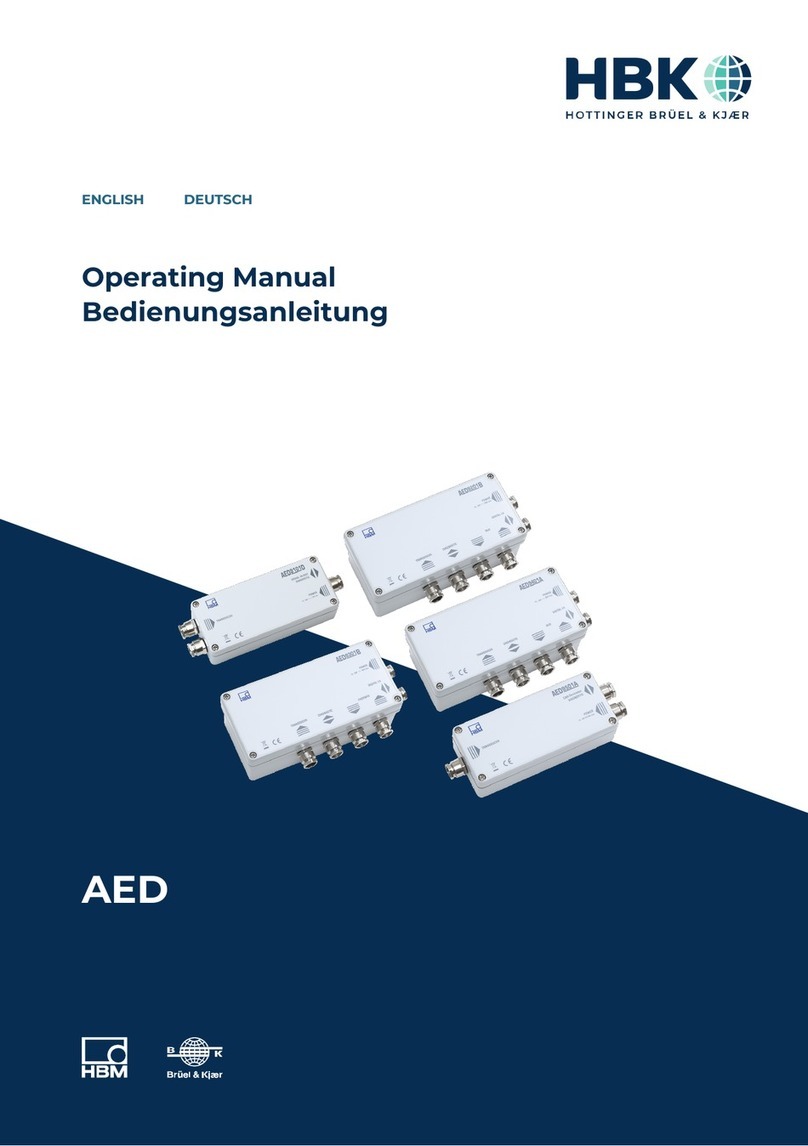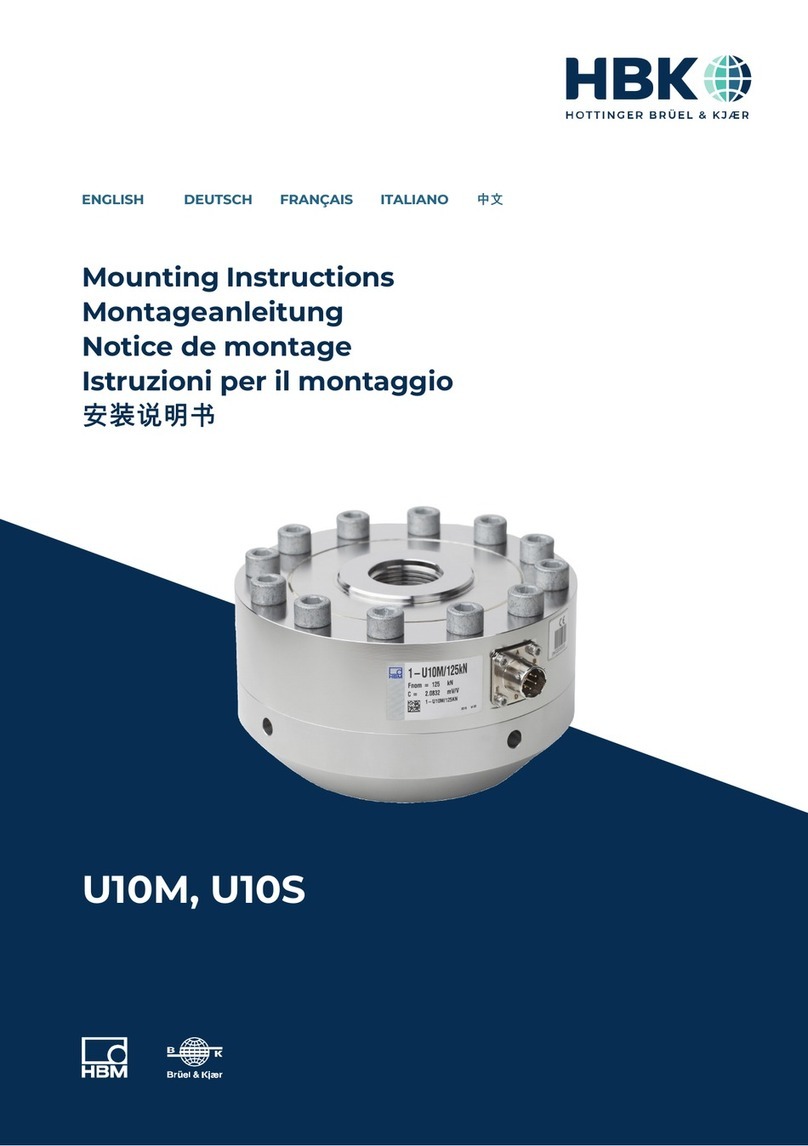HBK Z6 User manual




















This manual suits for next models
5
Table of contents
Languages:
Other HBK Transducer manuals
Popular Transducer manuals by other brands
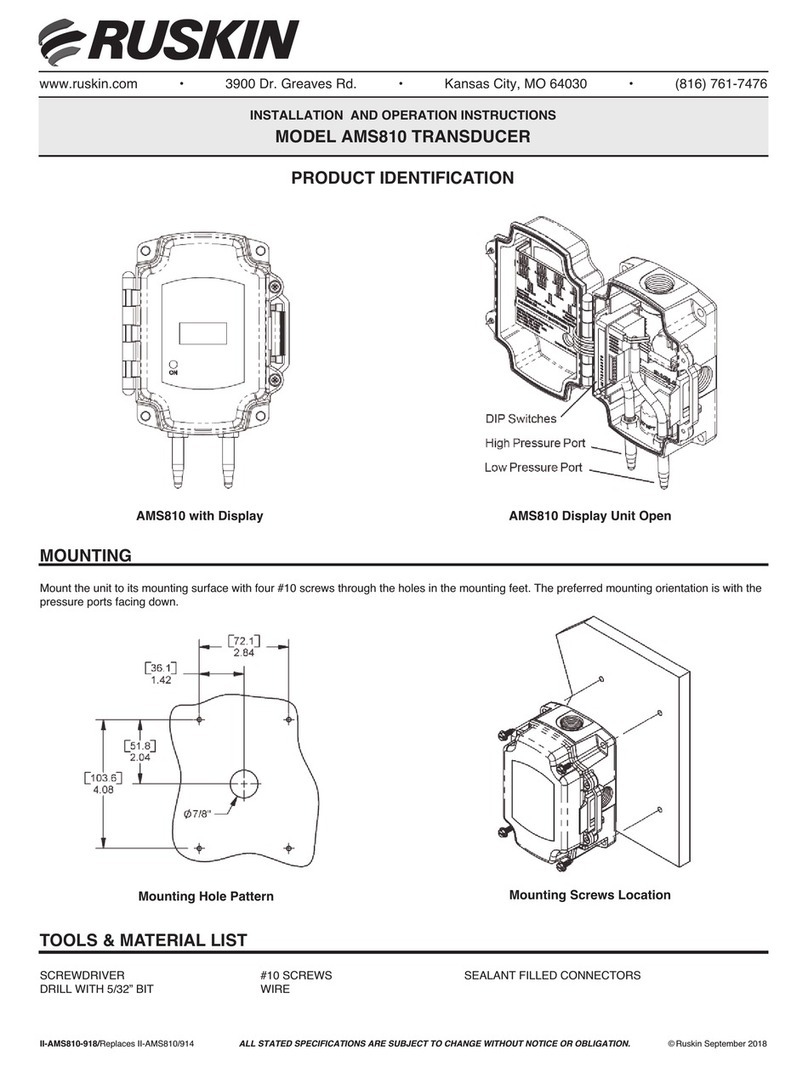
Ruskin
Ruskin AMS810 Installation and operation instructions

Balluff
Balluff Micropulse BTL5-A series user guide
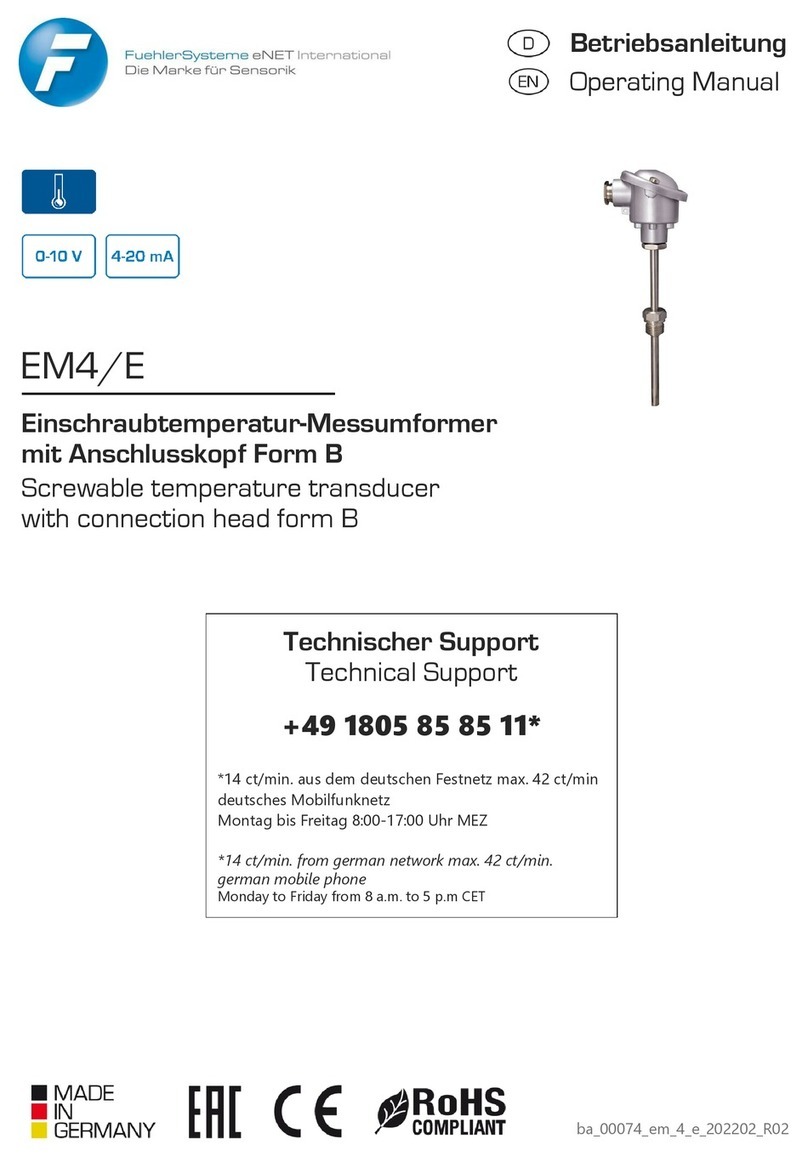
FuehlerSysteme eNET International
FuehlerSysteme eNET International EM4/E operating manual

OHIO SEMITRONICS
OHIO SEMITRONICS PC5 Series OPERATION & CALIBRATION MANUAL
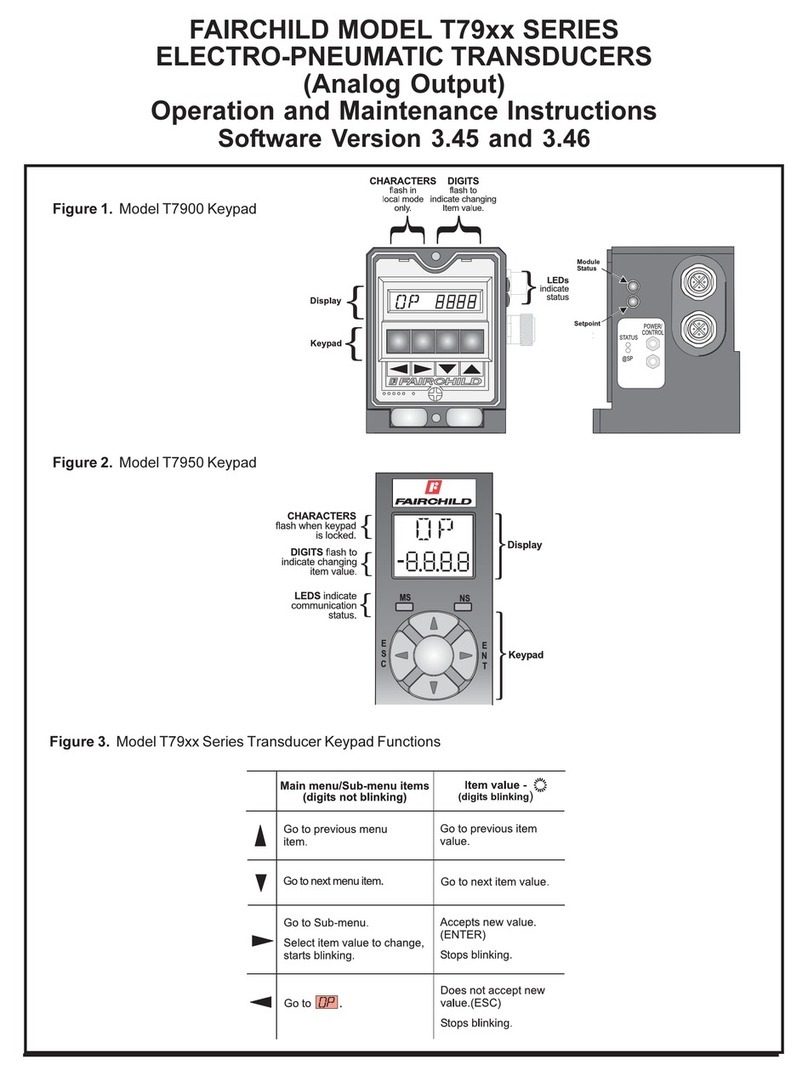
Fairchild
Fairchild T79 Series Maintenance and operating instructions
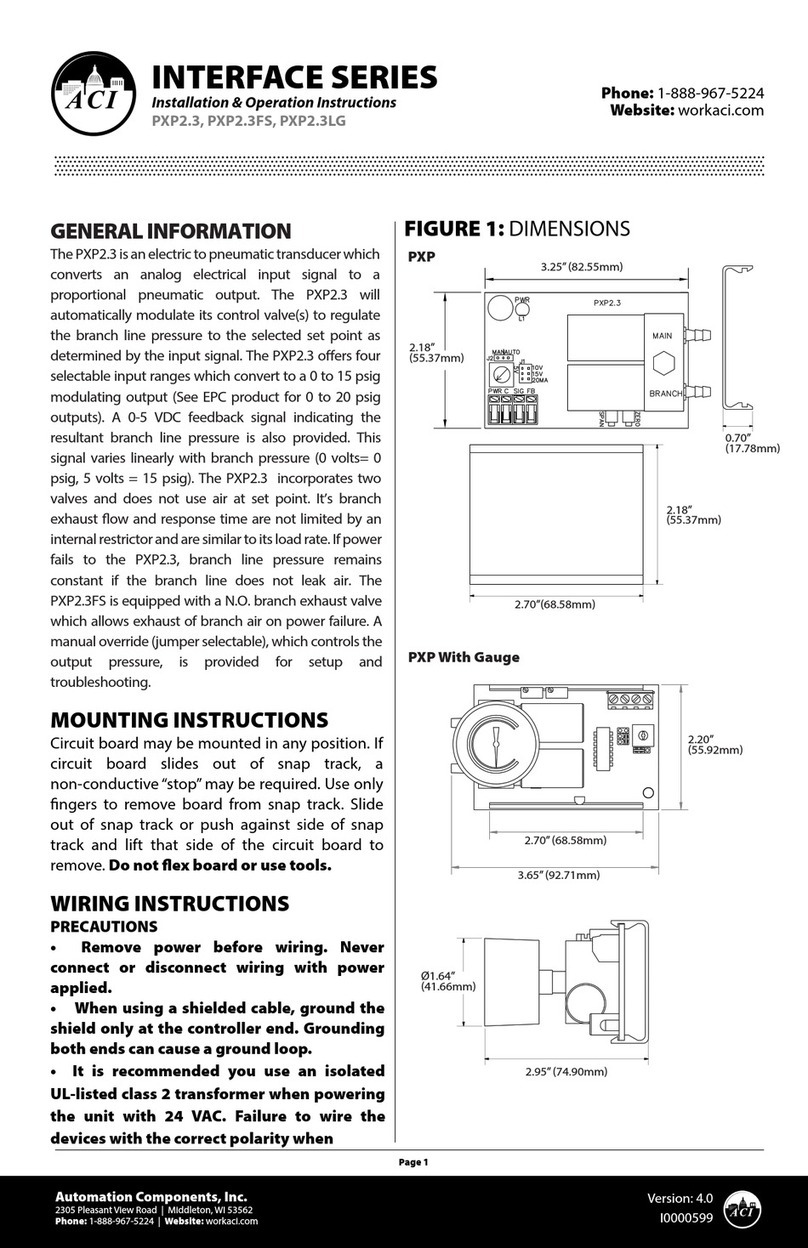
aci
aci ACCESS series Installation & operation instructions
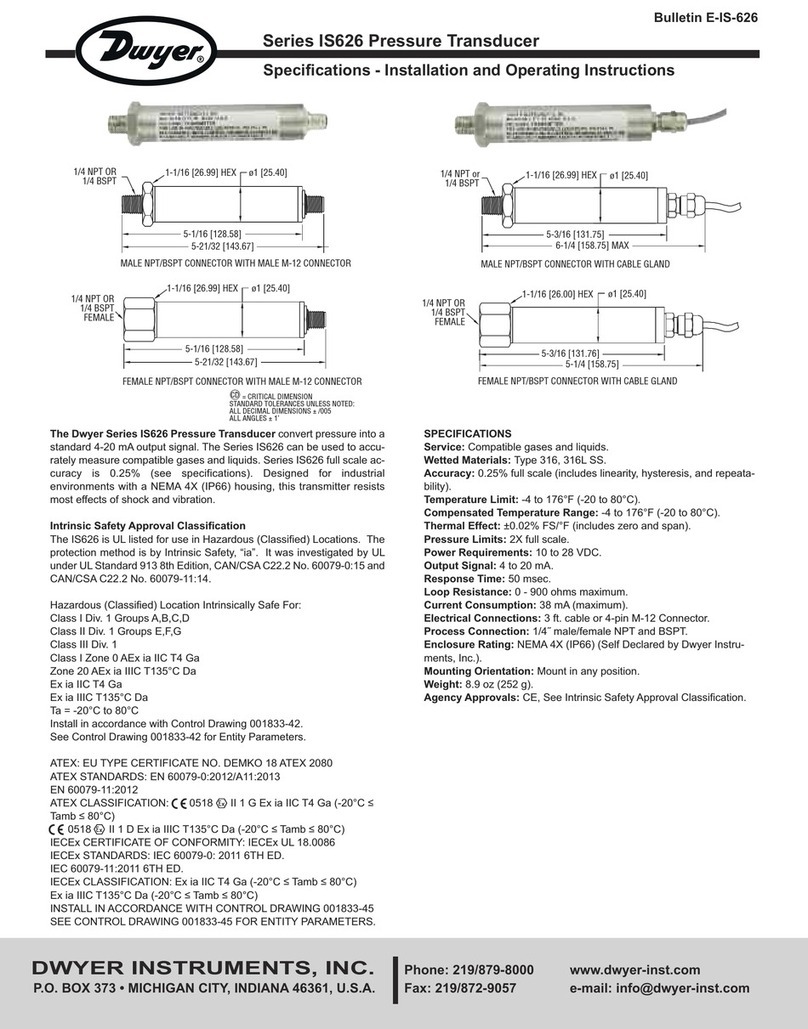
Dwyer Instruments
Dwyer Instruments IS626 Series Installation and operating instructions

Furuno
Furuno FI-5001 installation manual
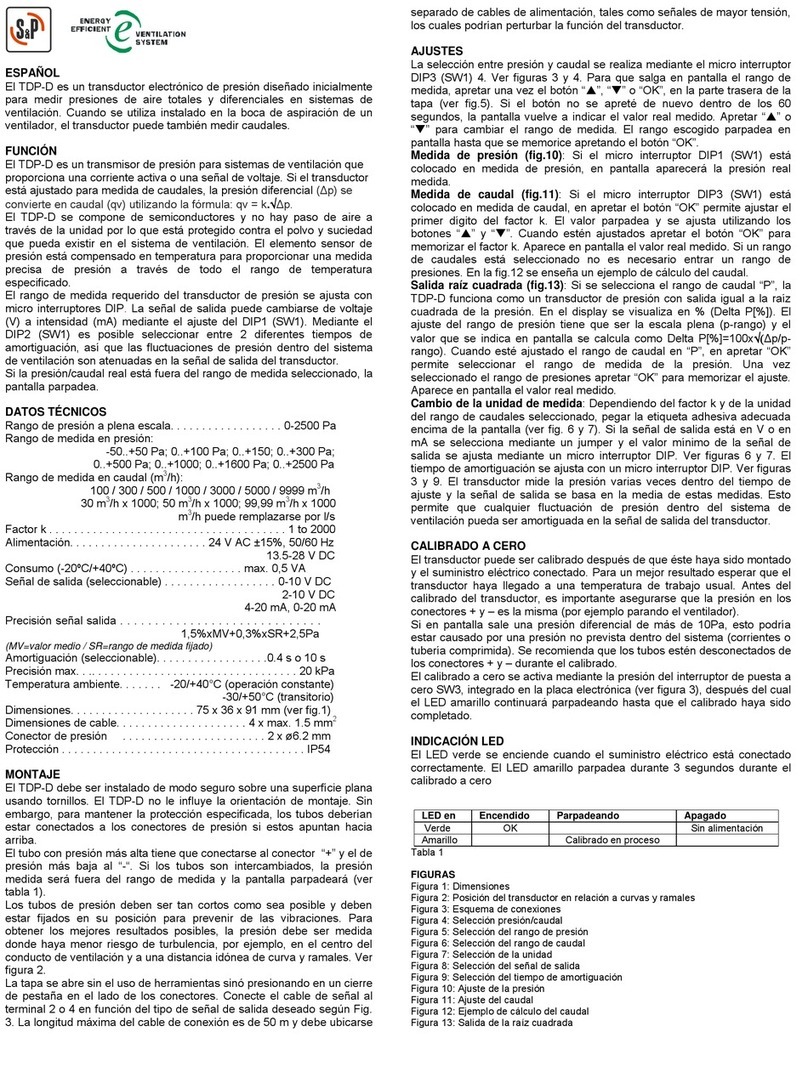
S&P
S&P TDP-D quick start guide

Greystone Energy Systems
Greystone Energy Systems LP-S installation instructions
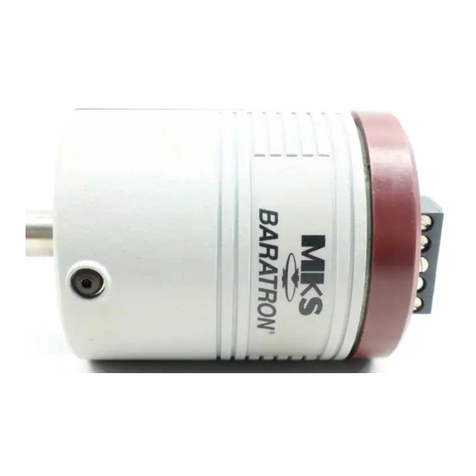
MKS
MKS Baratron 622A instruction manual
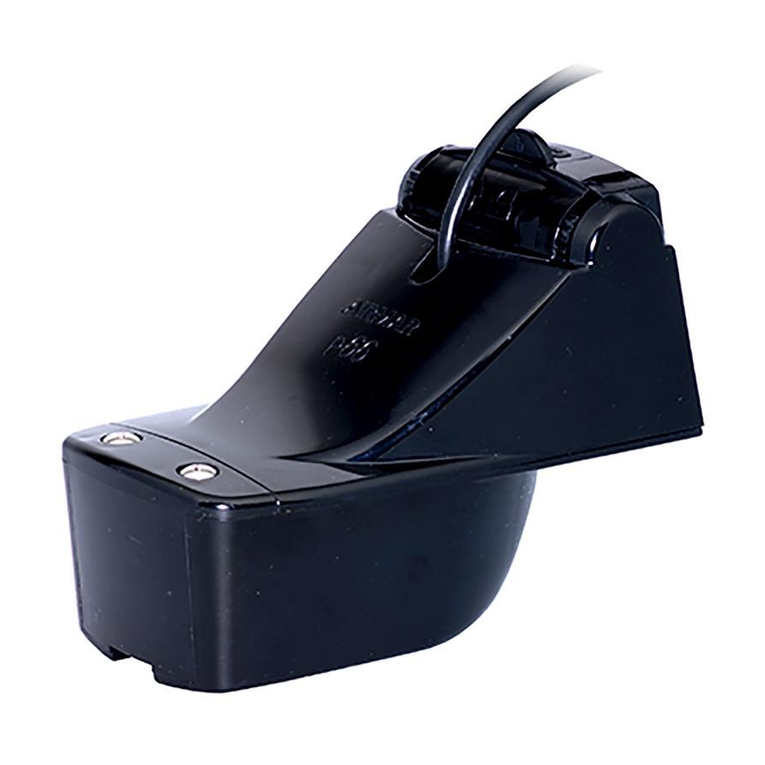
Airmar
Airmar P66 Owners and installation manual
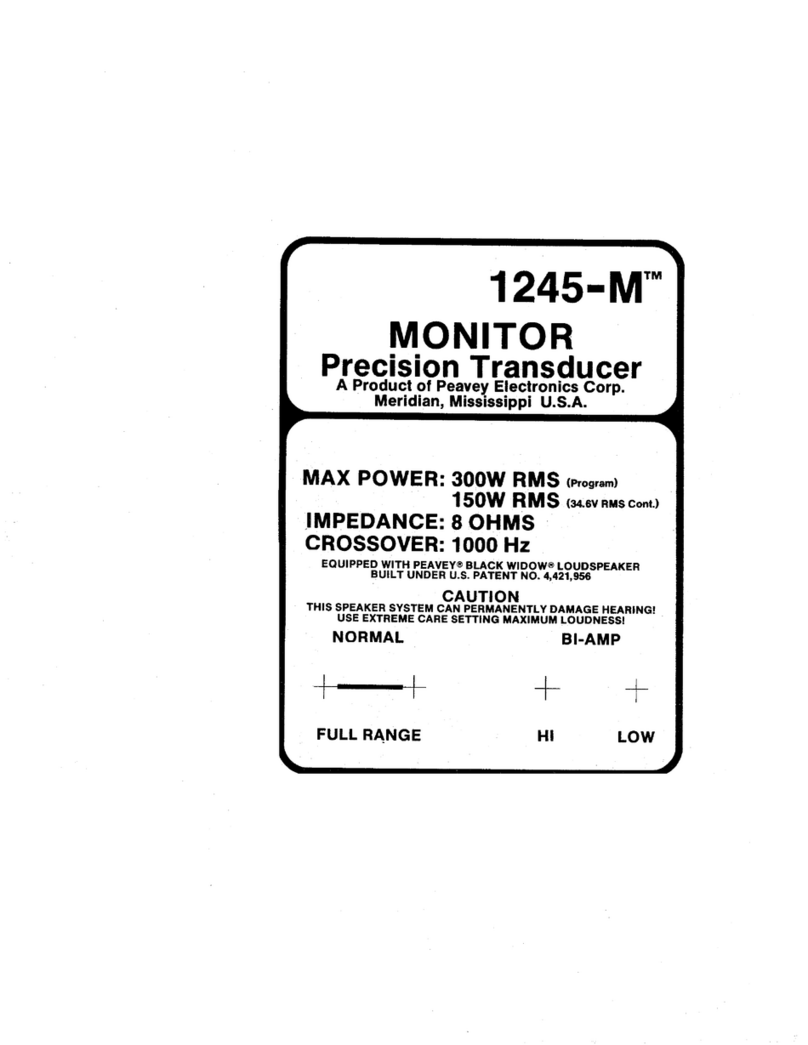
Peavey
Peavey 1245-M Specifications

TR-Electronic
TR-Electronic LMR-70-300 ANA-I+JUSTAGE manual

Garmin
Garmin Panoptix PS21-TR installation instructions
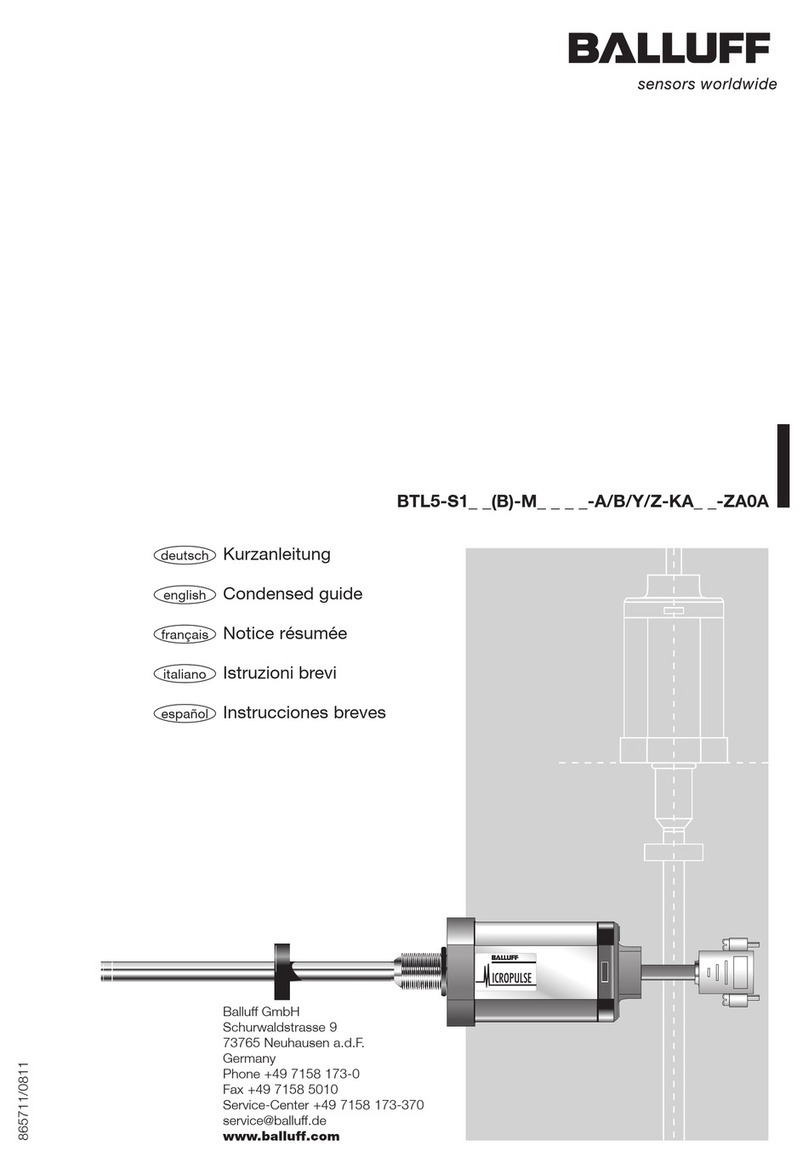
Balluff
Balluff BTL5-S1 Series Condensed guide

controlair
controlair 500-AA Installation, operation and maintenance instructions
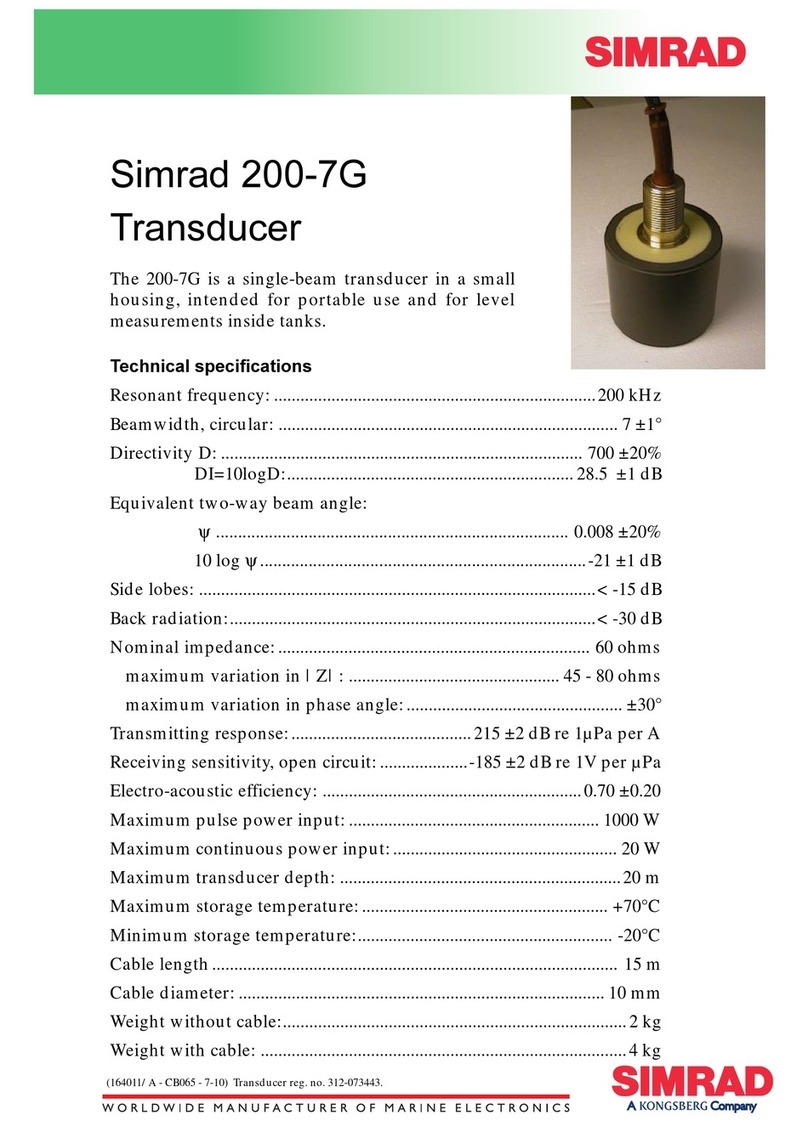
Simrad
Simrad 200-7G - REV A datasheet
